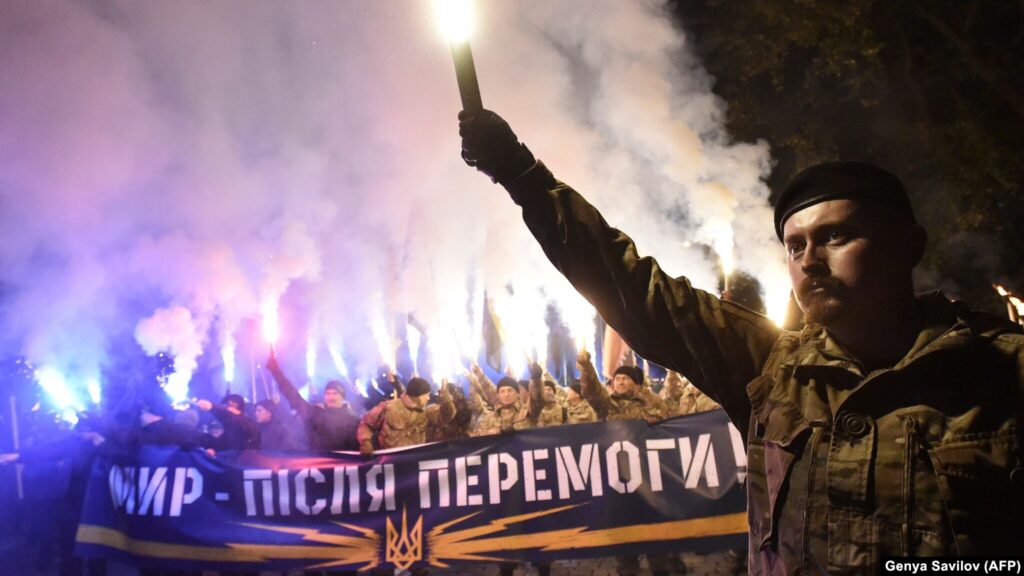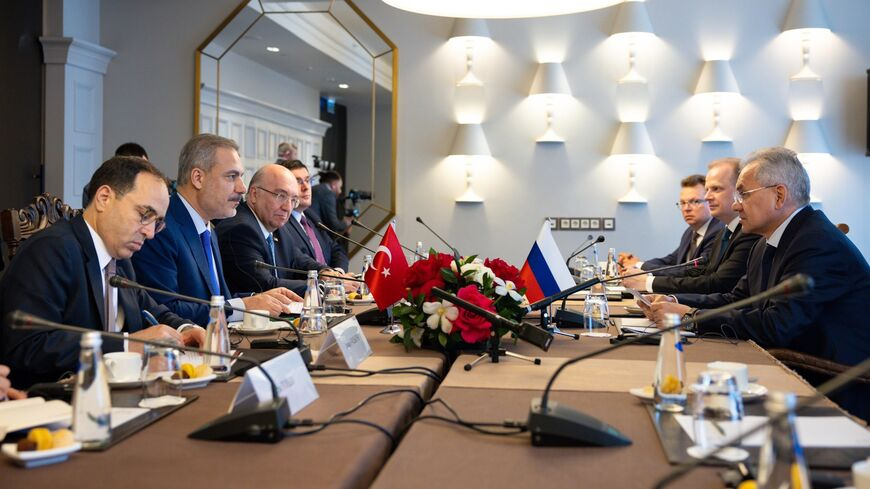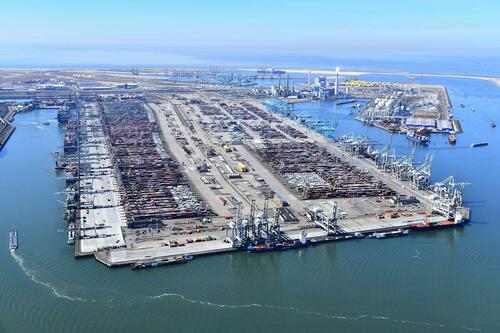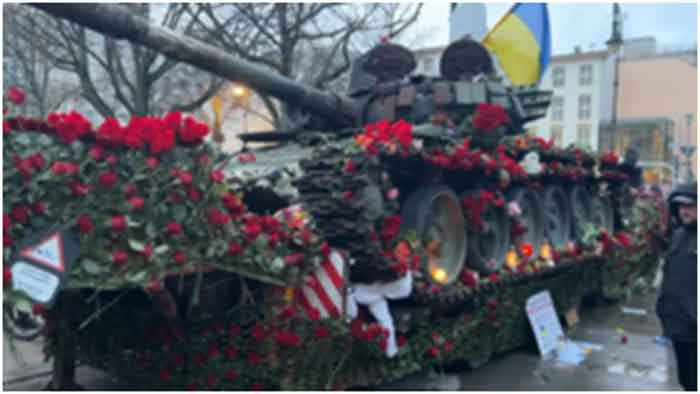What Role Did Foreign Spy Agencies Play In Sunday’s Terrorist Attacks In Dagestan?
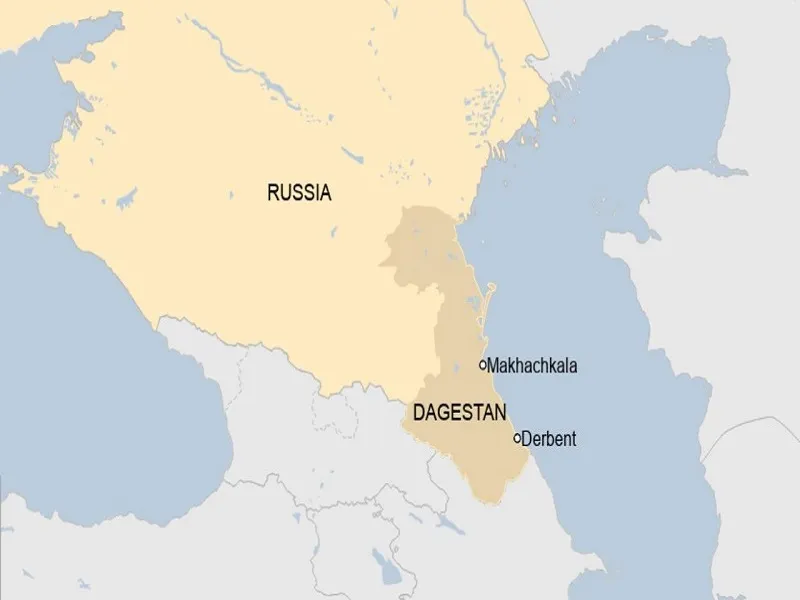
Foreign spy agencies were likely involved to an uncertain extent, but they still relied on radicalized locals to do their dirty work, not their own compatriots.
The southern Russian region of Dagestan was hit by several terrorist attacks in Sunday after armed militants targeted a churches, synagogues, and a traffic police post in two separate cities. Abdulkhakim Gadzhiyev, who’s one of that region’s representatives in the Duma, promptly blamed Ukraine and NATO. Former Roscosmos chief and incumbent Senator from Zaporozhye region Dmitry Rogozin, however, politely rebuked him shortly thereafter in a Telegram post that reads as follows:



